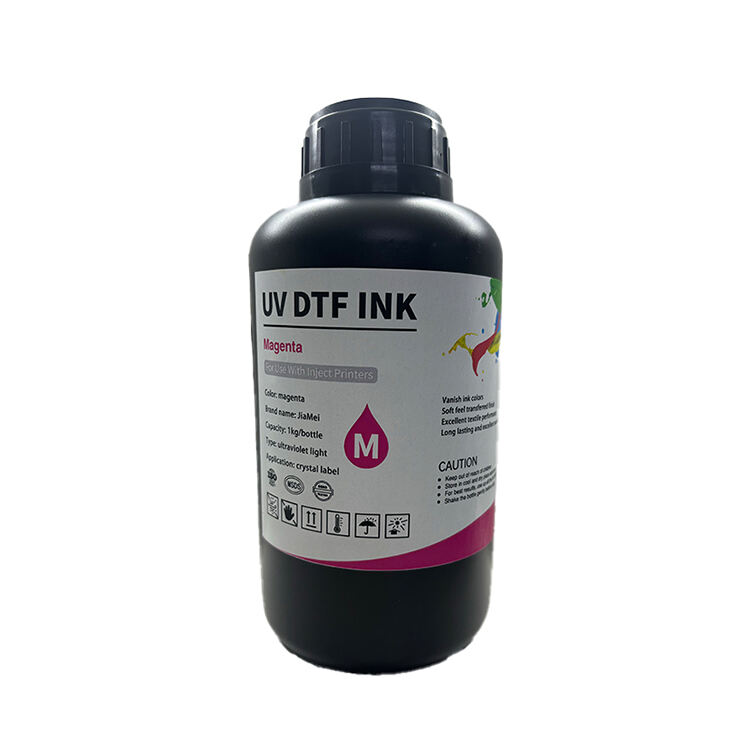screen printing machine
A screen printing machine is a versatile and efficient piece of equipment designed to transfer ink through a mesh stencil onto various surfaces with precision and consistency. This sophisticated printing technology comprises several key components including a printing head, screen frame, squeegee system, and substrate holder. The machine operates by pushing ink through specially prepared mesh screens, creating detailed images on materials ranging from textiles and paper to plastics and metals. Modern screen printing machines incorporate advanced features such as automatic registration systems, multi-color printing capabilities, and adjustable pressure controls to ensure optimal print quality. The technology allows for both manual and automated operations, with computerized systems enabling precise control over printing parameters such as speed, pressure, and ink flow. These machines can handle diverse printing requirements, from small-scale artistic projects to large-volume industrial production runs. The versatility of screen printing machines extends to their ability to work with different ink types, including water-based, plastisol, and specialty inks, making them suitable for creating everything from custom t-shirts to electronic circuit boards. With adjustable settings for different material thicknesses and print areas, these machines offer exceptional flexibility in commercial and industrial applications.


